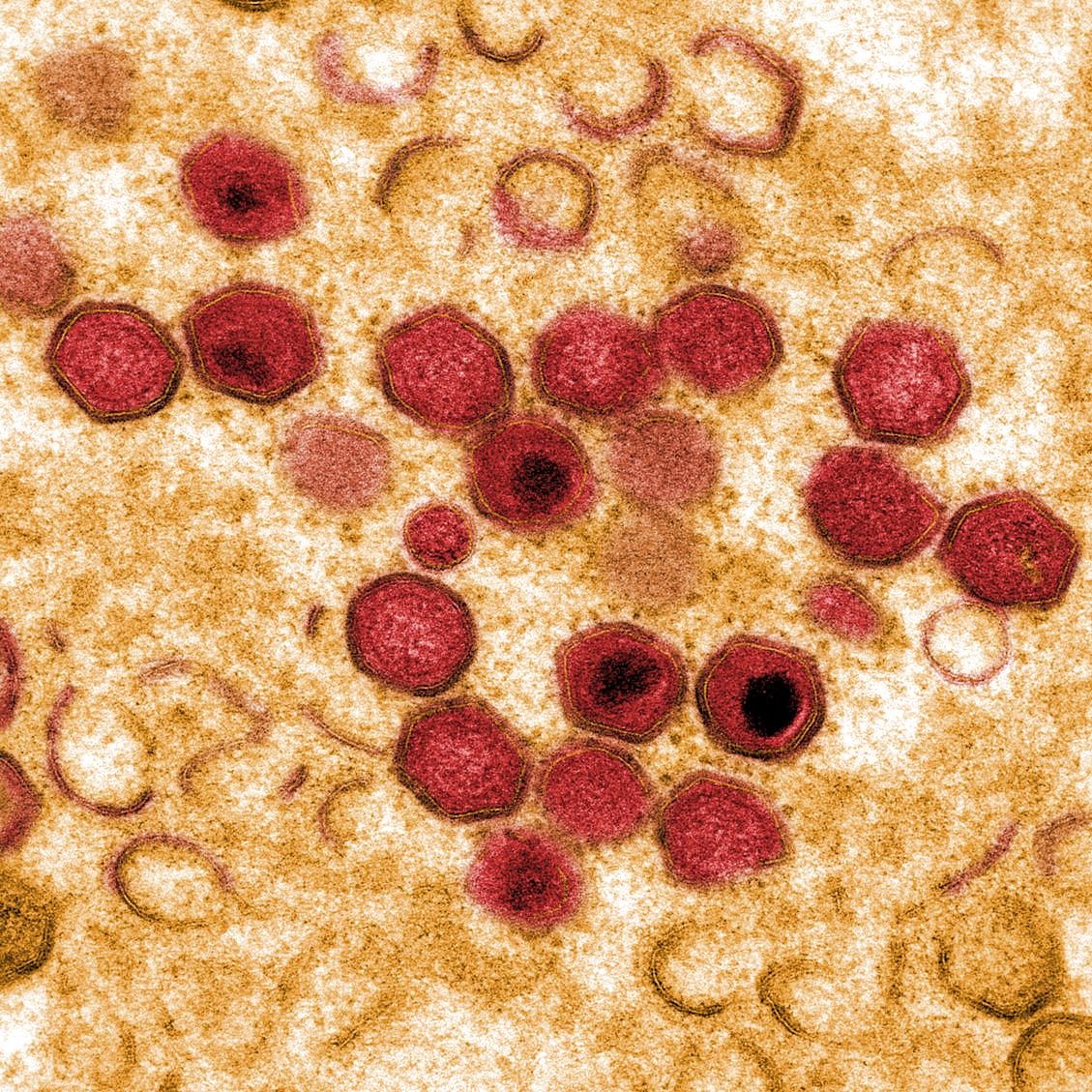Mechanism of collapse of endoplasmic reticulum cisternae during African swine fever virus infection
Infection of cells with African swine fever virus (ASFV) can lead to the formation of zipper-like stacks of structural proteins attached to collapsed endoplasmic reticulum (ER) cisternae. We show that the collapse of ER cisternae observed during ASFV infection is dependent on the viral envelope protein, J13Lp. Expression of J13Lp alone in cells is sufficient to induce collapsed ER cisternae. Collapse was dependent on a cysteine residue in the N-terminal domain of J13Lp exposed to the ER lumen. Luminal collapse was also dependent on the expression of J13Lp within stacks of ER where antiparallel interactions between the cytoplasmic domains of J13Lp orientated N-terminal domains across ER cisternae. Cisternal collapse was then driven by disulphide bonds between N-terminal domains arranged in antiparallel arrays across the ER lumen. This provides a novel mechanism for biogenesis of modified stacks of ER present in cells infected with ASFV, and may also be relevant to cellular processes.
Back to publications
